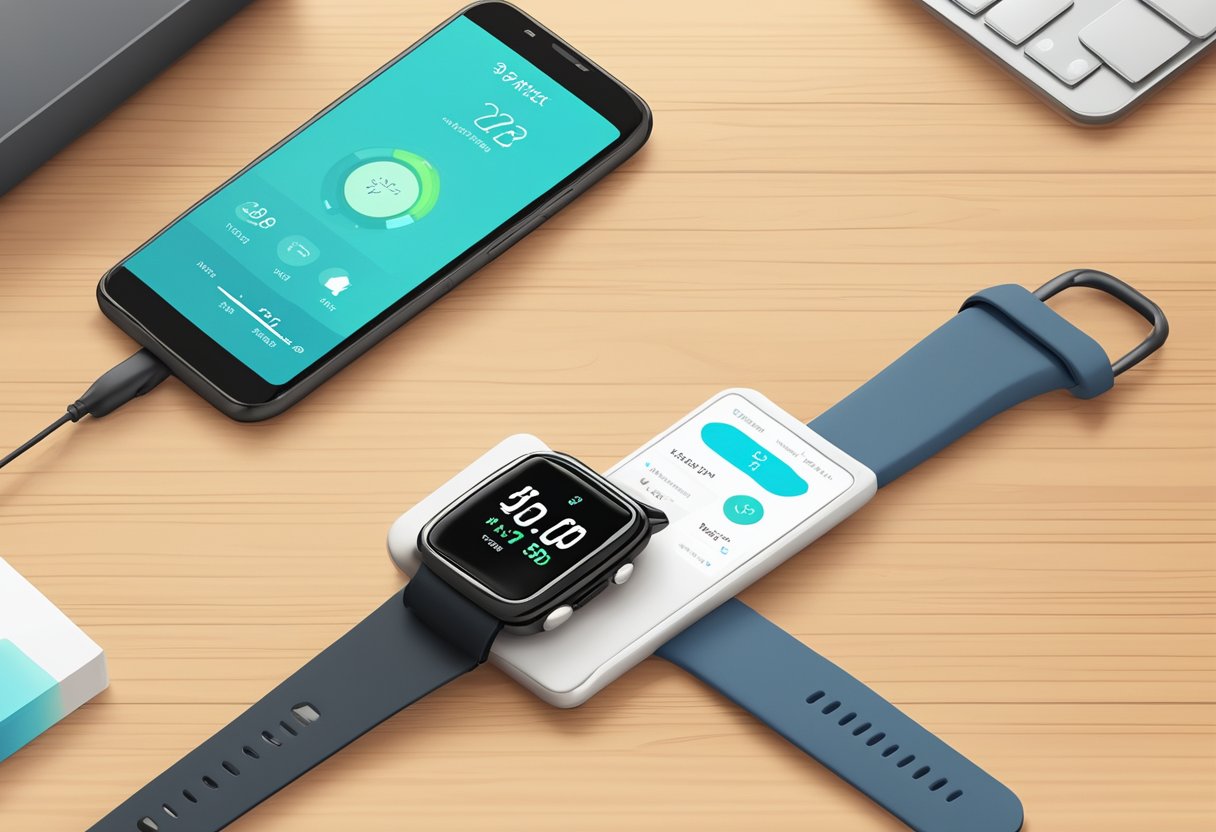Wearable health technology is becoming increasingly prevalent in the healthcare industry. These devices offer numerous benefits, including the ability to monitor patient health remotely and in real-time, which can lead to earlier detection and treatment of health issues.
Wearable devices also allow for more personalized care by providing patients with access to their own health data, which can help them make informed decisions about their health.
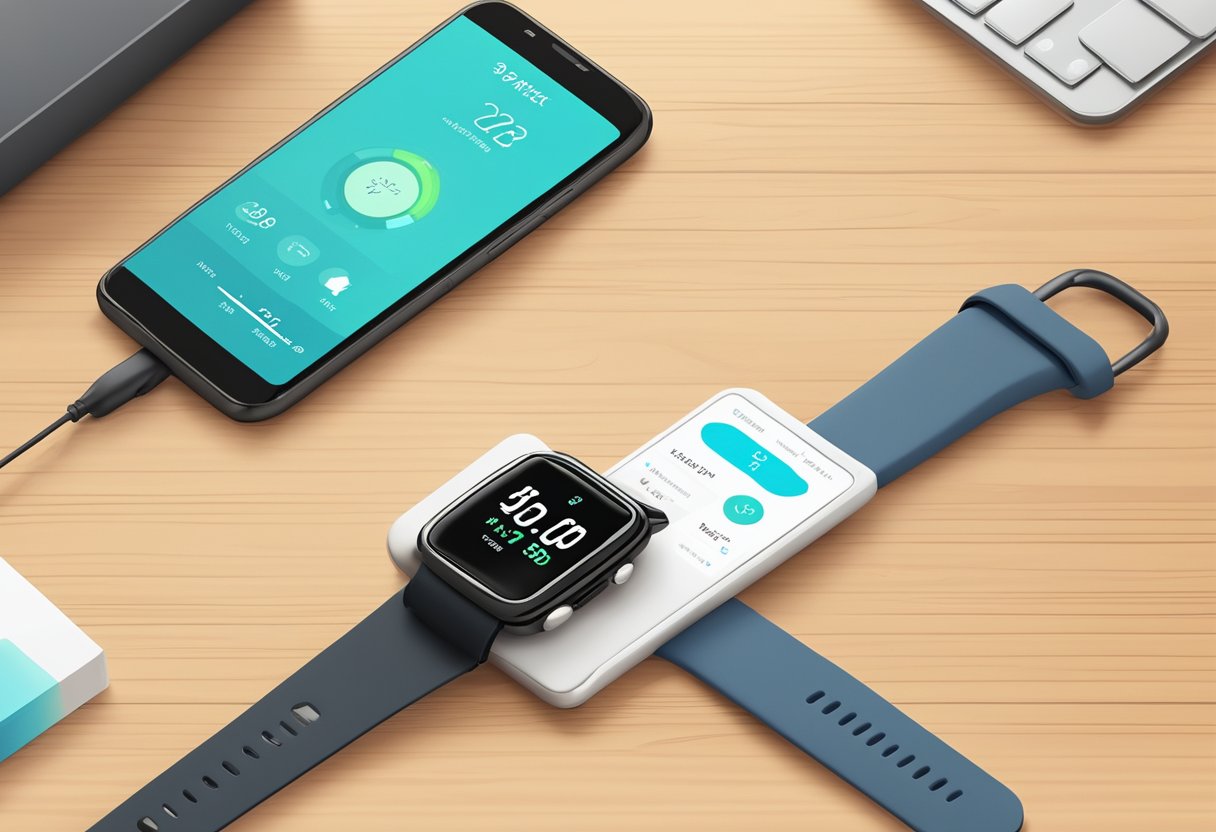
The evolution of wearable health technology has been rapid, with new devices and features being developed at a rapid pace.
Some of the most popular wearable devices include fitness trackers, smartwatches, and health monitors.
These devices are designed to track a range of health metrics, including heart rate, sleep patterns, and physical activity.
As wearable health technology continues to evolve, there are several trends that are emerging in the industry.
These trends include the integration of wearables with healthcare systems, the validation and accuracy of wearable data, and the development of new wearable devices specifically designed for healthcare applications.
Key Takeaways
- Wearable health technology is becoming increasingly popular in the healthcare industry due to its ability to monitor patient health remotely and in real-time, and to provide patients with access to their own health data.
- The evolution of wearable health technology has been rapid, with new devices and features being developed at a rapid pace.
- Emerging trends in the industry include the integration of wearables with healthcare systems, the validation and accuracy of wearable data, and the development of new wearable devices specifically designed for healthcare applications.
Evolution of Wearable Health Technology
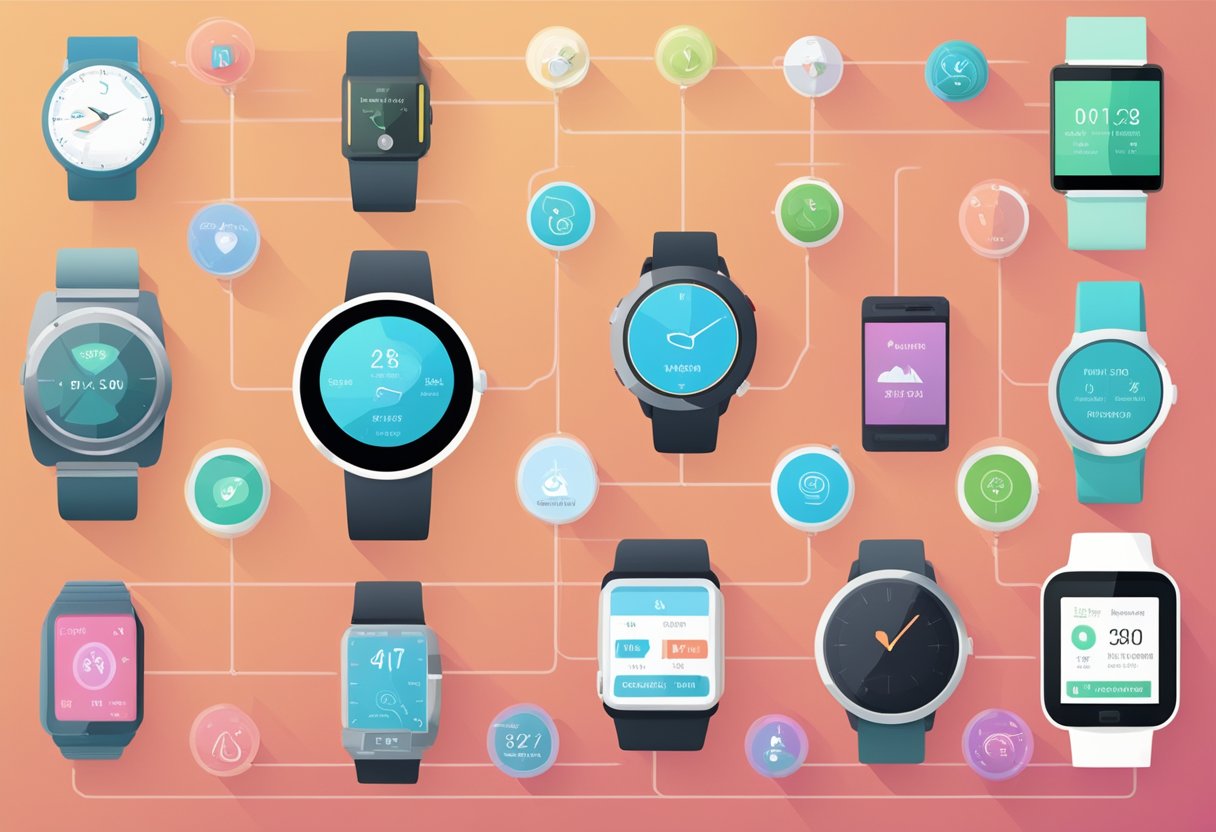
Historical Milestones
Wearable health technology has come a long way since its inception. In the 1970s, the first wearable device was created in the form of a hearing aid.
The first commercial wearable health technology was introduced in the 1980s, which was a step counter.
In the 1990s, the first heart rate monitor was introduced, which revolutionized the way people monitored their heart health.
The early 2000s saw the introduction of smartwatches, which not only provided timekeeping but also included features such as fitness tracking, heart rate monitoring, and sleep tracking.
In recent years, there has been an explosion of commercially available wearables that are designed to monitor various aspects of health, including blood pressure, glucose levels, and even oxygen levels.
Current Landscape
Today, wearable health technology has become a mainstream tool for monitoring and managing health.
Wearables have evolved from simple step counters to sophisticated devices that can monitor a wide range of health metrics.
The technology has become more advanced, with sensors becoming smaller and more accurate.
The innovation in wearable health technology has allowed for the development of new applications and services that enable users to track and manage their health in real-time.
The data collected by these devices can be analyzed to provide insights into health trends, which can be used to improve overall health outcomes.
Smartwatches have become a popular choice for consumers, as they offer a range of health monitoring features in addition to traditional timekeeping functions.
They are also becoming more affordable, making them accessible to a wider range of people.
Wearable Devices and Their Impact on Healthcare
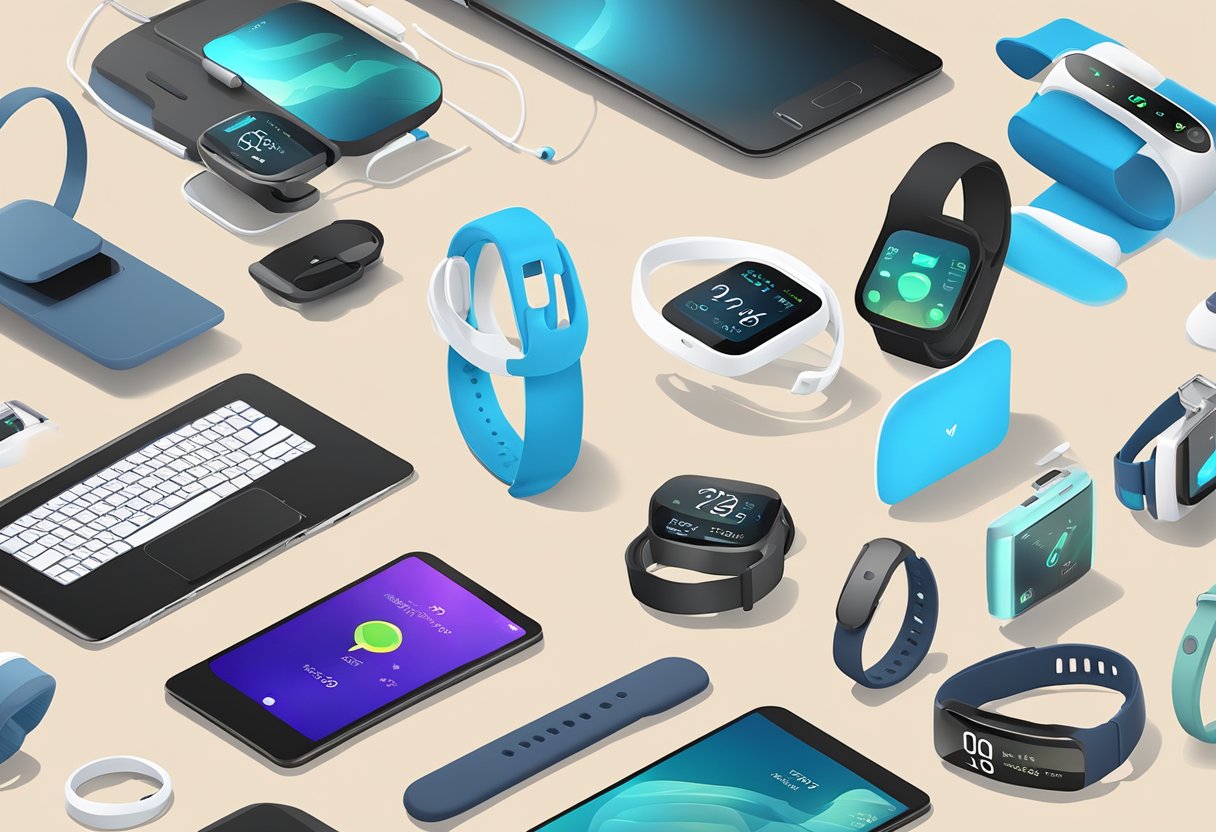
Wearable devices have become increasingly popular in recent years and have the potential to revolutionize healthcare.
They are devices that are worn on the body and can record physiological and behavioral data for use in medical decision making.
Improving Patient Care
Wearable devices are improving patient care by providing accurate and real-time data to healthcare providers.
This data can be used to monitor patients’ health and track their progress over time.
Wearable devices can also be used to provide patients with personalized health recommendations and help them manage their health more effectively.
Remote Patient Monitoring
Remote patient monitoring is the use of wearable devices to monitor patients’ health remotely.
This technology allows healthcare providers to monitor patients’ health in real-time, even when they are not physically present in the same location.
This is particularly useful for patients who live in remote areas or have mobility issues.
Challenges in Implementation
Despite the potential benefits of wearable devices, there are still challenges in implementing them in healthcare.
One of the main challenges is data privacy and security. Healthcare providers must ensure that patient data is kept secure and confidential.
Another challenge is the cost of implementing wearable devices.
Healthcare providers must consider the cost of purchasing and maintaining these devices, as well as the cost of training staff to use them effectively.
Data Accuracy and Validation in Wearables
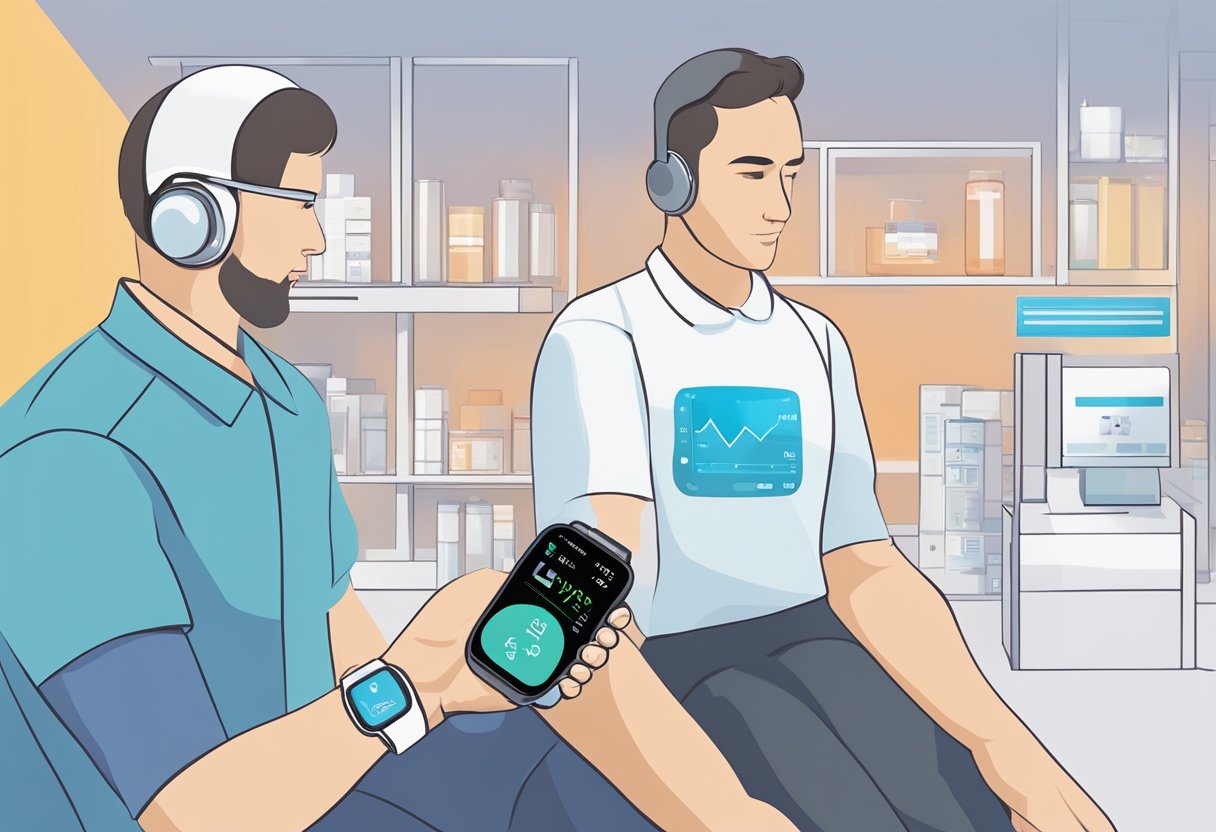
Ensuring Reliable Measurements
One of the key challenges in wearable technology is ensuring accurate and reliable measurements.
Wearable devices rely on sensors to collect data, and these sensors can be prone to errors due to a variety of factors such as environmental conditions, user behavior, and device calibration.
To ensure accurate measurements, wearable devices must be properly calibrated and validated.
Calibration involves adjusting the device to ensure that it is measuring data accurately, while validation involves testing the device to ensure that it is providing reliable measurements over time.
Validation Processes
Validation processes for wearable devices typically involve comparing the data collected by the device to a gold standard measurement.
This gold standard measurement may be obtained through a laboratory test or a clinical assessment.
One approach to validation is to compare the data collected by the wearable device to data collected by a more established measurement tool.
For example, a study published in the Journal of Medical Internet Research found that a wearable device that measures heart rate was able to provide accurate measurements when compared to electrocardiogram (ECG) measurements.
Another approach is to compare the data collected by the wearable device to data collected by multiple devices.
This can help to identify any discrepancies between the devices and ensure that the data collected by the wearable device is reliable.
Integration of Wearable Tech with Healthcare Systems
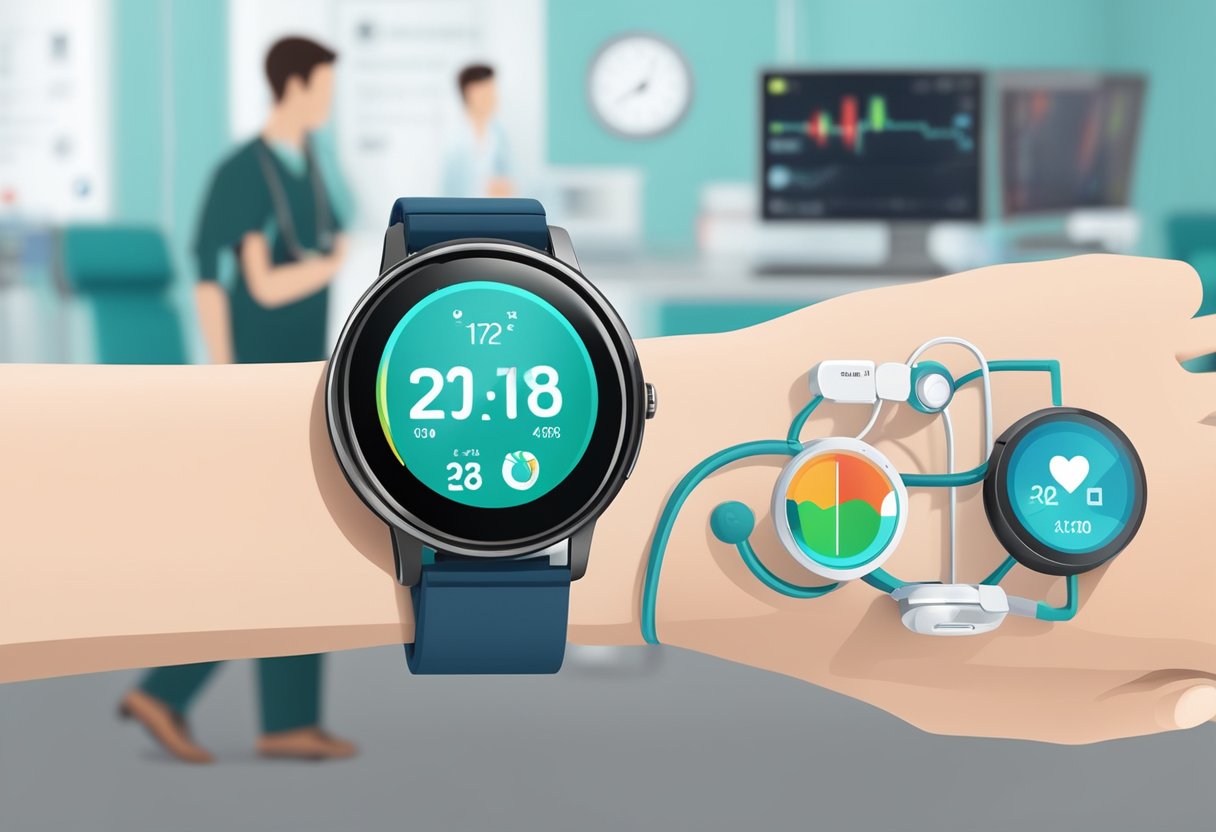
Wearable health technology has become increasingly popular in recent years, with devices such as fitness trackers and smartwatches gaining widespread adoption.
These devices have the potential to revolutionize healthcare by providing patients with real-time health data, allowing healthcare providers to monitor patient health remotely and make more informed decisions about patient care.
However, the integration of wearable tech with healthcare systems presents several challenges, including electronic health records and data privacy and security.
Electronic Health Records
One of the key challenges of integrating wearable tech with healthcare systems is the need to integrate data from these devices into electronic health records (EHRs).
EHRs are digital versions of patients’ medical records that are used by healthcare providers to track patient health over time.
Integrating data from wearable devices into EHRs can be challenging due to the large volume of data generated by these devices and the need to ensure that this data is accurate and reliable.
To address these challenges, healthcare providers are developing new tools and technologies to help integrate wearable tech data into EHRs.
For example, some providers are using machine learning algorithms to analyze wearable data and identify patterns that can be used to predict patient health outcomes.
Other providers are developing new EHR systems that are specifically designed to integrate wearable tech data, making it easier for healthcare providers to access and analyze this data.
Data Privacy and Security
Another key challenge of integrating wearable tech with healthcare systems is data privacy and security.
Wearable devices generate large amounts of personal health data that must be protected to ensure patient privacy and prevent data breaches.
Healthcare providers must take steps to ensure that wearable tech data is stored securely and that patient privacy is protected at all times.
To address these challenges, healthcare providers are developing new data privacy and security protocols that are specifically designed to protect wearable tech data.
For example, some providers are using blockchain technology to create secure, decentralized databases that can be used to store and share wearable tech data.
Other providers are implementing new data encryption and authentication technologies to ensure that wearable tech data is protected from unauthorized access.
Future Trends in Wearable Health Technology
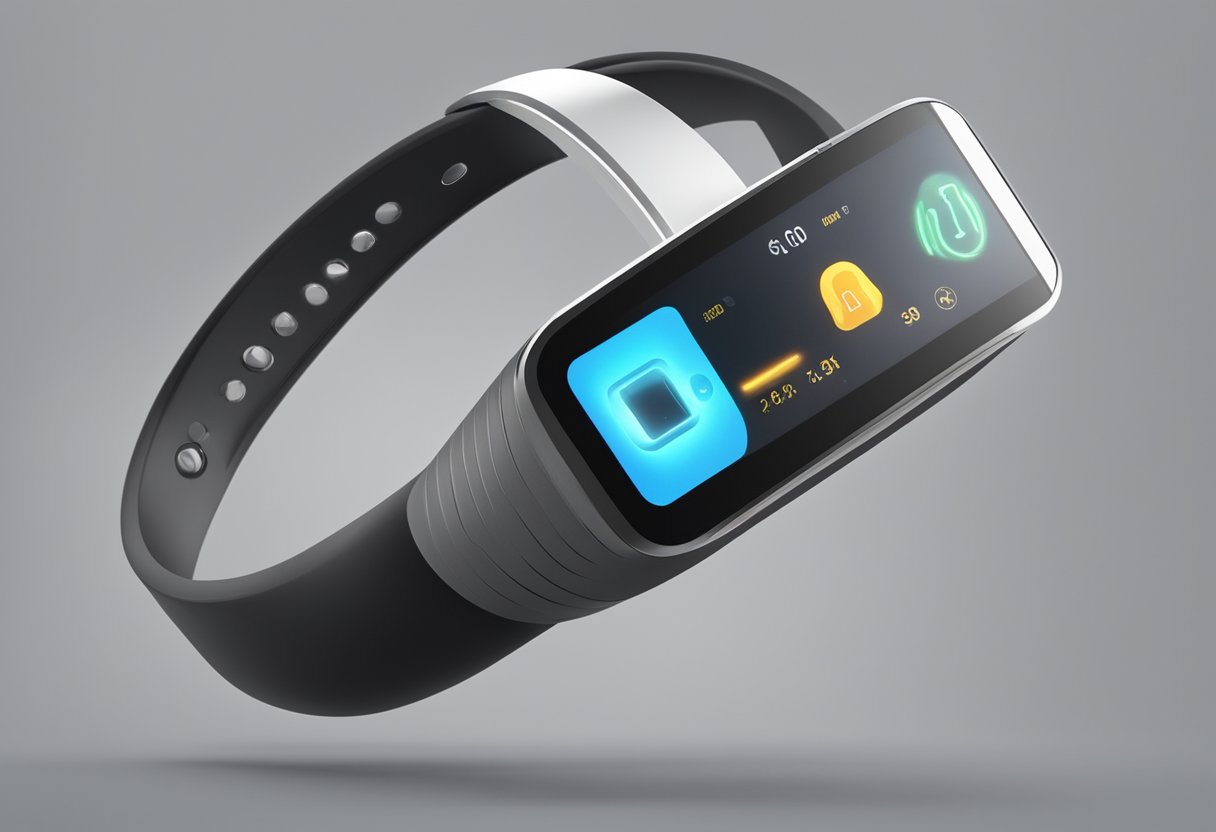
Advancements in Biosensors
Biosensors are becoming more advanced and sophisticated with each passing year. The latest biosensors are capable of measuring a wide range of physiological parameters, including heart rate, blood pressure, glucose levels, and oxygen saturation.
The development of biosensors has the potential to revolutionize the way healthcare is delivered, allowing doctors to monitor patients remotely and in real-time.
Biosensors are also becoming more affordable and accessible, making them an attractive option for patients who want to monitor their health on a regular basis.
Artificial Intelligence and Machine Learning
Artificial intelligence (AI) and machine learning (ML) are two technologies that are rapidly advancing in the healthcare industry.
These technologies have the potential to revolutionize the way healthcare is delivered, by allowing doctors to analyze large amounts of data quickly and accurately.
AI and ML can be used to analyze data from biosensors, allowing doctors to identify patterns and trends that may be difficult to detect with traditional methods.
This can lead to earlier diagnosis and treatment of diseases, particularly in the case of chronic conditions such as diabetes.
Potential for Personalized Care
Wearable health technology has the potential to provide personalized care to patients.
By monitoring patients in real-time, doctors can tailor treatment plans to the specific needs of each patient.
Wearable biosensors can also be used to monitor patients who are recovering from surgery or managing chronic conditions, allowing doctors to adjust treatment plans as needed.
Personalized care can also be extended to patients who are at risk of developing chronic conditions.
By monitoring their health on a regular basis, doctors can identify early warning signs and take preventative measures to reduce the risk of developing these conditions.
Frequently Asked Questions
What are the leading wearable health monitoring devices currently in use?
The leading wearable health monitoring devices currently in use include fitness trackers, smartwatches, and medical-grade wearables.
These devices are equipped with sensors that can track various metrics such as heart rate, steps taken, sleep patterns, and even blood glucose levels.
Some popular brands in this space include Fitbit, Apple, and Garmin.
How are wearable medical devices impacting patient care and outcomes?
Wearable medical devices are helping to improve patient care and outcomes by providing real-time data that can be used to monitor patients remotely, detect health problems early, and track progress over time.
Wearables are also helping to reduce healthcare costs by reducing the need for frequent hospital visits and enabling early intervention when health issues arise.
What are the potential benefits and drawbacks of integrating wearable technology in healthcare settings?
The potential benefits of integrating wearable technology in healthcare settings include improved patient outcomes, reduced healthcare costs, and increased efficiency.
However, there are also potential drawbacks such as privacy concerns, data security issues, and the need for healthcare providers to interpret and act on the data collected by wearables.
Which companies are at the forefront of wearable medical device innovation?
There are several companies at the forefront of wearable medical device innovation including Apple, Fitbit, Garmin, Samsung, and Philips.
These companies are investing heavily in research and development to create new and innovative wearable devices that can improve patient care and outcomes.
How is the wearable medical devices market expected to evolve over the next five years?
The wearable medical devices market is expected to continue to grow over the next five years as more healthcare providers adopt these devices to improve patient care and outcomes.
The market is also expected to become more competitive as new players enter the space and existing players invest in new technologies.
What are the key factors driving the adoption of wearable technology in the healthcare industry?
The key factors driving the adoption of wearable technology in the healthcare industry include the need to improve patient outcomes, reduce healthcare costs, and increase efficiency.
Wearables are also becoming more user-friendly and affordable, making them more accessible to patients and healthcare providers alike.

